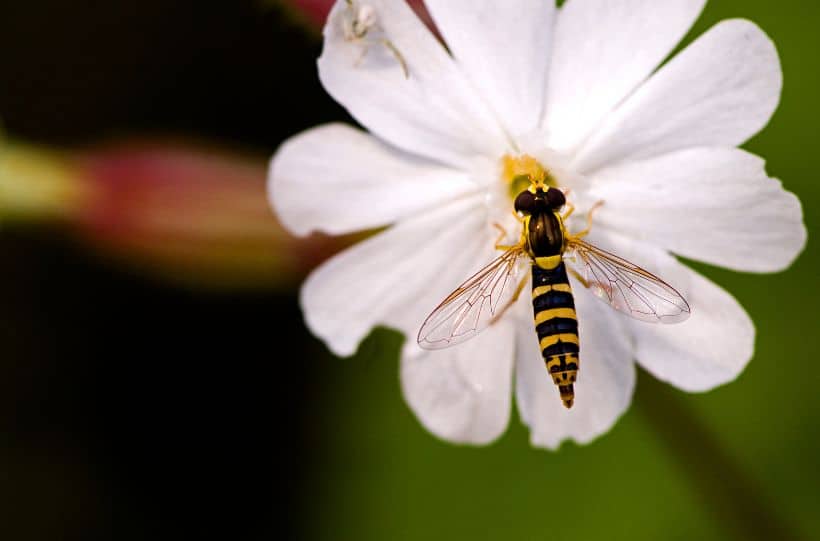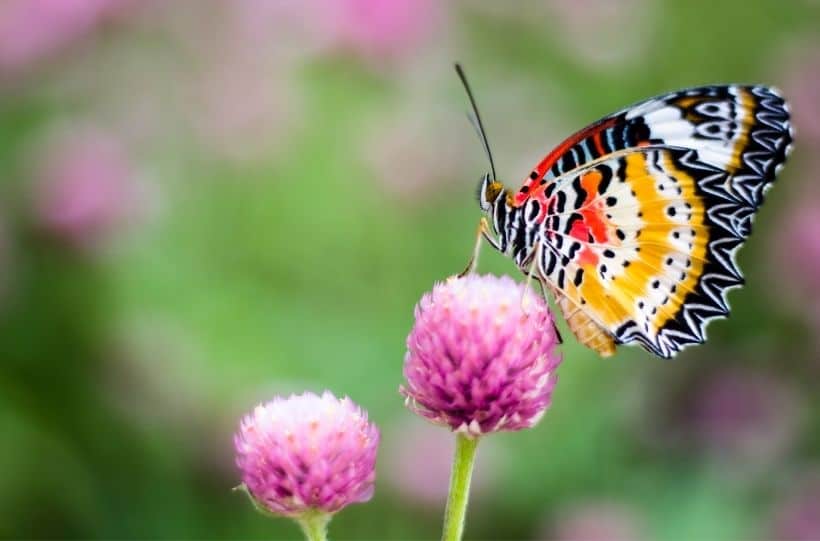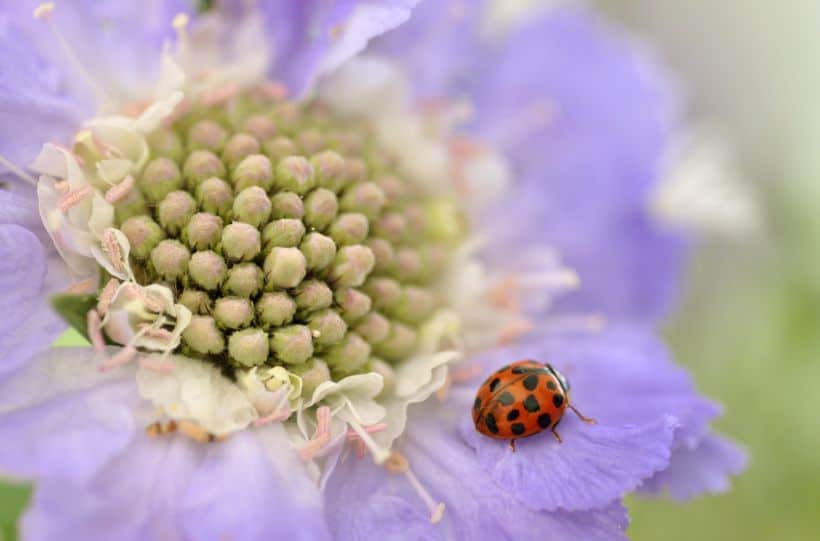Good Bugs For Your Garden
This post may contain affiliate links. Please see the privacy policy for details.
When talking about bugs in your beloved garden, your initial response is probably negative, with good reason. Many bugs are a gardener’s nemesis. They feast on your plants and once an infestation has occurred, they are difficult to remove.
But not all bugs are bad. Some are good bugs and provide several benefits to your garden. These are the bugs you want to visit your garden and find ways to encourage more of them.
Good bugs for your garden will support your crops to grow and minimize the risk of them being fed on by hungry pests.
To find out which are the good bugs for your garden and how to recognize them, keep on reading.

Why are bugs important for your garden?
As mentioned, only some bugs are good for your garden. These particular bugs you want to avoid removing and instead, want to help them thrive. And here’s why:
These bugs fall into three categories:
- Pollinators
- Predators
- Decomposers.
The first two, you are probably most familiar with. Pollinators are the bugs that spread pollen from plant to plant, necessary for fertilizing many plants. Without pollinators, your garden wouldn’t produce as many beautiful flowers, fruits, or vegetables.
Predators are quite self-explanatory. These bugs are those that prey on other insects. They often target insects that are considered pests by all gardeners such as aphids, slugs, and snails.
Finally, the decomposers. Most of these bugs work at night and feed on rotting vegetation, fungi, and dead animals. They help keep your plants healthy, whilst also breaking up the soil improving drainage and nutrient access for your plants.
5 Good Bugs For Your Garden
Now you know the three main ways good bugs can benefit your garden, let’s take a look at which insects you should avoid removing.
Butterflies
Butterflies range in size, color, and pattern depending upon where you are in the world. With over 18,000 species of butterfly, there are bound to be some local to you.

Butterflies are beneficial pollinators. They help spread pollen from flower to flower as they search for nectar to drink. Attracting butterflies to your garden also helps to attract additional beneficial creatures such as birds and bats. Though these animals prey on butterflies, they too help to fertilize your garden and will also prey on unwanted pests.
How to attract butterflies
To attract more butterflies to your garden, consider planting flowers that are bright in color, with long, open flowers making it easier for butterflies to access the nectar inside.
Centipedes
Often unwanted due to its appearance, you might want to think twice before removing this anthropod.
Centipedes have long bodies which are broken up into segments with one pair of legs per segment. A centipede can have anywhere between 30-350 legs.

Unlike millipedes which they are often confused with, centipedes are active predators. They are active at night and aid your garden by preying on unwanted pests such as mites, ants, flies, slugs, and snails. If you live in an area with larger centipede species, they may also hunt on cockroaches, spiders, worms, and rodents.
How to attract centipedes
Centipedes love shaded areas where there are old leaves and pieces of wood. These materials also attract some of their prey such as worms and woodlice, encouraging centipedes to inhabit this area.
Dragonflies
Dragonflies make an excellent addition to your garden, not just for their beautiful appearance but also for being fantastic predators.

Dragonflies can be recognized for their long, colored body and four transparent wings. They are larger than similar damselflies and are both often found near water and wildflowers.
You want to encourage more dragonflies to visit your garden as they prey on a variety of insects including mosquitoes, midges, flies, and beetles.
How to attract dragonflies
If you want to attract dragonflies into your garden, it’s ideal if you provide an area of water. Dragonflies lay their eggs in water, which will later grow and feed on the insects living in the water also.
Hoverflies
Though not as attractive as butterflies, hoverflies are also essential pollinators that help to spread pollen from plant to plant.
Hoverflies are often wrongly identified as wasps due to their similar appearance. However, hoverflies do not sting, are slimmer, and do not have long antennae.

Not only do adult hoverflies benefit your plants by helping to fertilize them, but their larvae also prey upon aphids which are a nuisance to many gardeners.
How to attract hoverflies
Hoverflies are attracted to several flowers such as yarrow, marigolds, dill, and lemon balm. Try to incorporate some of these plants into your garden.
Ladybirds
Another carnivore, ladybirds are hungry feeders. These insects are easily recognized by their brightly, colored bodies in shades of red, black, or yellow-topped with several black spots.
Ladybirds predominantly feed on aphids, with their larvae eating up to 5000 aphids. Aphids are a gardener’s worst nightmare as they cause plants to yellow, stunt their growth, and even kill crops with their aggressive feeding.
How to attract ladybirds
Ladybirds are often attracted to a range of flowers such as fennel, cosmos, sweet alyssum, and yarrow. These plants have large, flat leaves which are ideal for ladybirds to land on.

Planting a range of flowers that help attract these beneficial insects, will aid your garden substantially. Each of these good bugs for your garden has a role in helping your plants to thrive. From spreading pollen to offering a natural method of pest control.
Make sure to provide different species of plants and habitats to attract a variety of good bugs. This will ensure that they don’t just focus on a small set of plants or pests, but cover all areas of your garden.
For more support and top tips to attract beneficial wildlife to your garden, take a look at these posts:
